Civil Engineer Corps History Photographs
![1481312727012[1].gif 1481312727012[1].gif](/content/history/museums/seabee/explore/civil-engineer-corps-history/civil-engineer-corps-history-photographs/_jcr_content/body/image_1568784734.img.gif/1481312736388.gif)
![1481312727012[1].gif 1481312727012[1].gif](/content/history/museums/seabee/explore/civil-engineer-corps-history/civil-engineer-corps-history-photographs/_jcr_content/body/image_159845261.img.gif/1481312730678.gif)
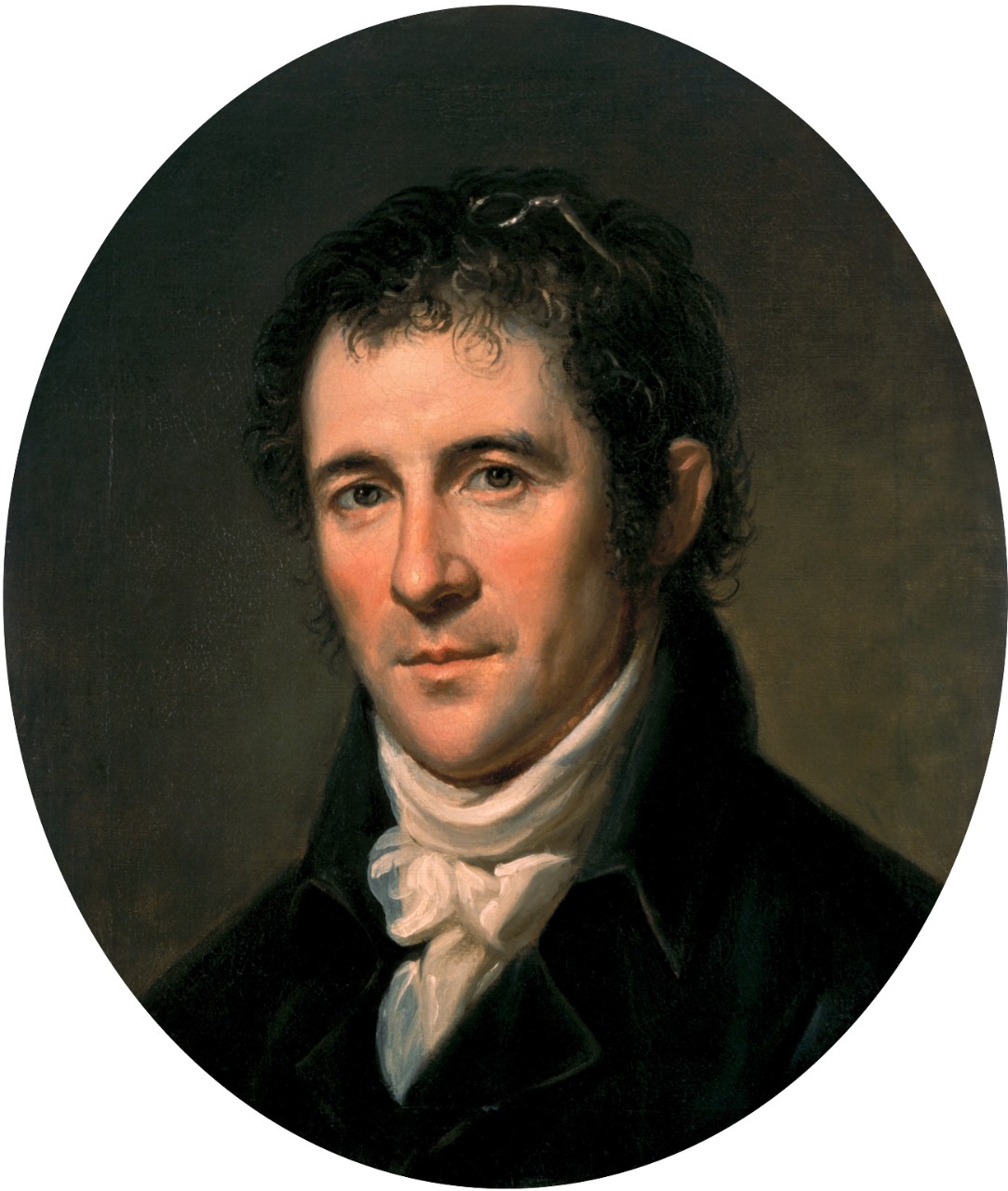
Portrait of British-born architect Benjamin Latrobe.
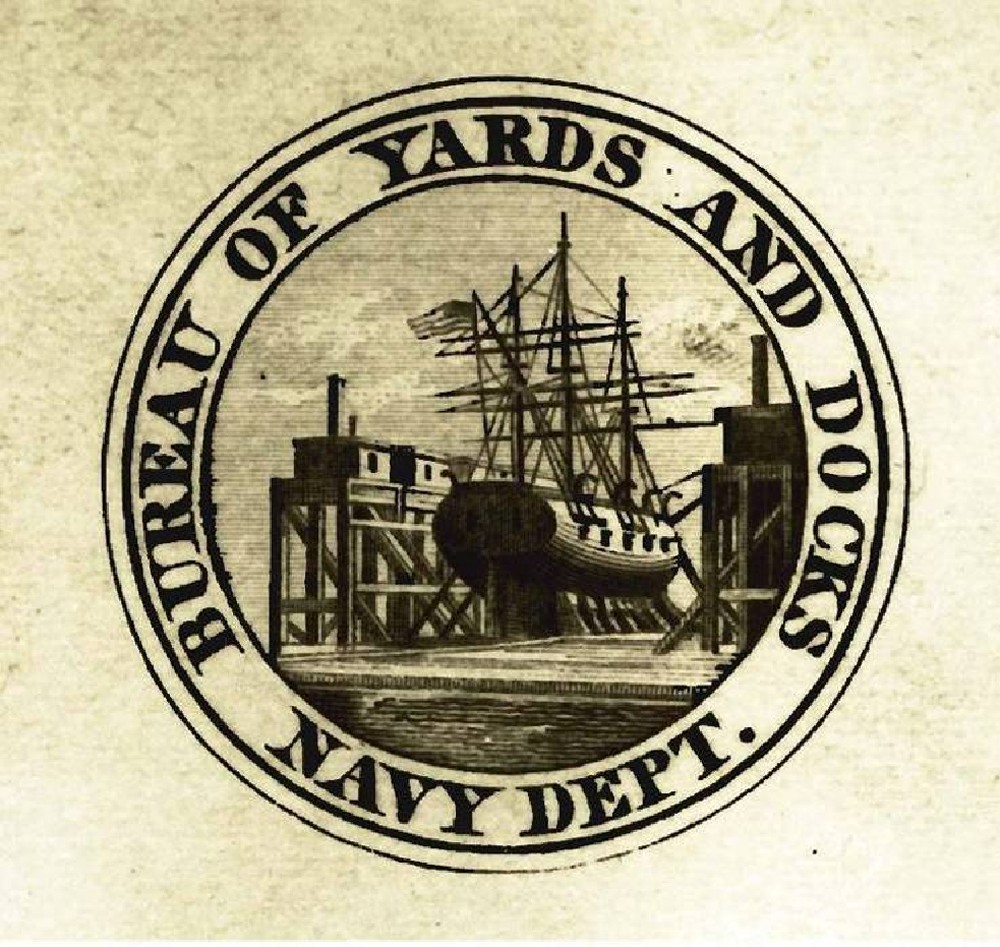
The Bureau of Yards and Docks logo, created c. 1862.
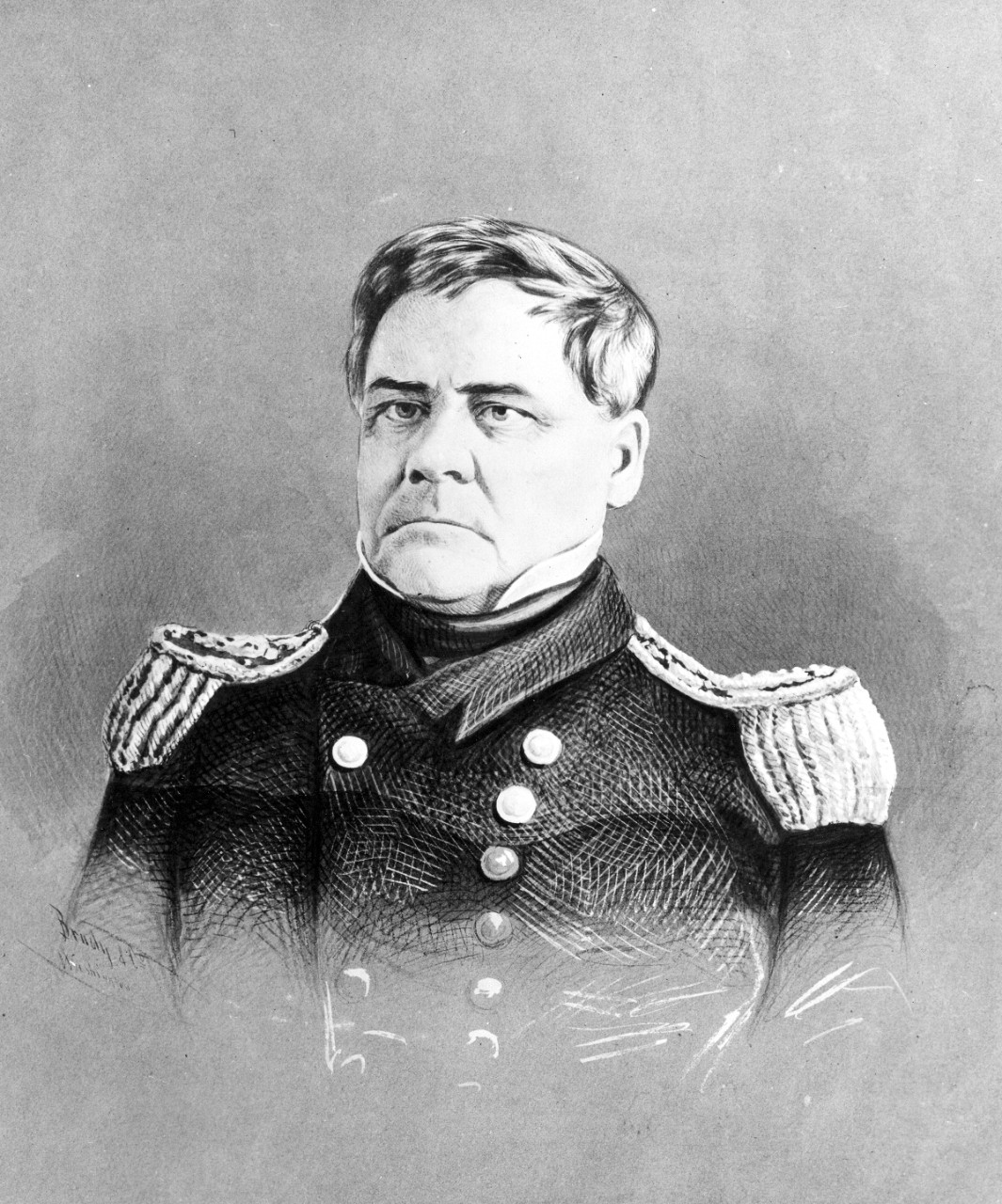
Commodore Lewis Warrington, the first Chief of the Bureau of Navy Yards and Docks.
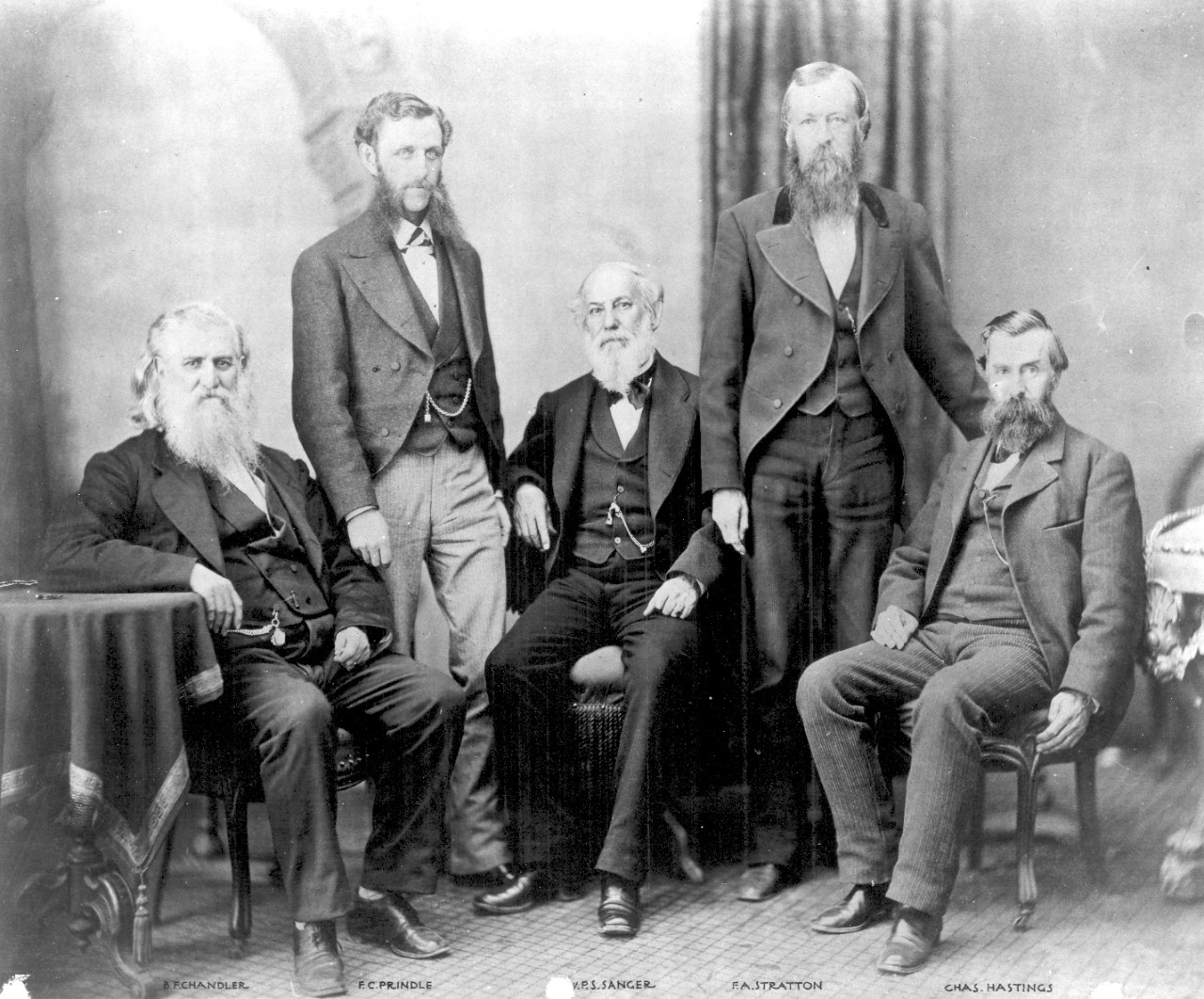
The first Navy Civil Engineer Corps officers: B.F. Chandler, F.C. Prindle, W.P.S. Sanger, F.A. Hastings, and Charles Hastings, c. 1860s.
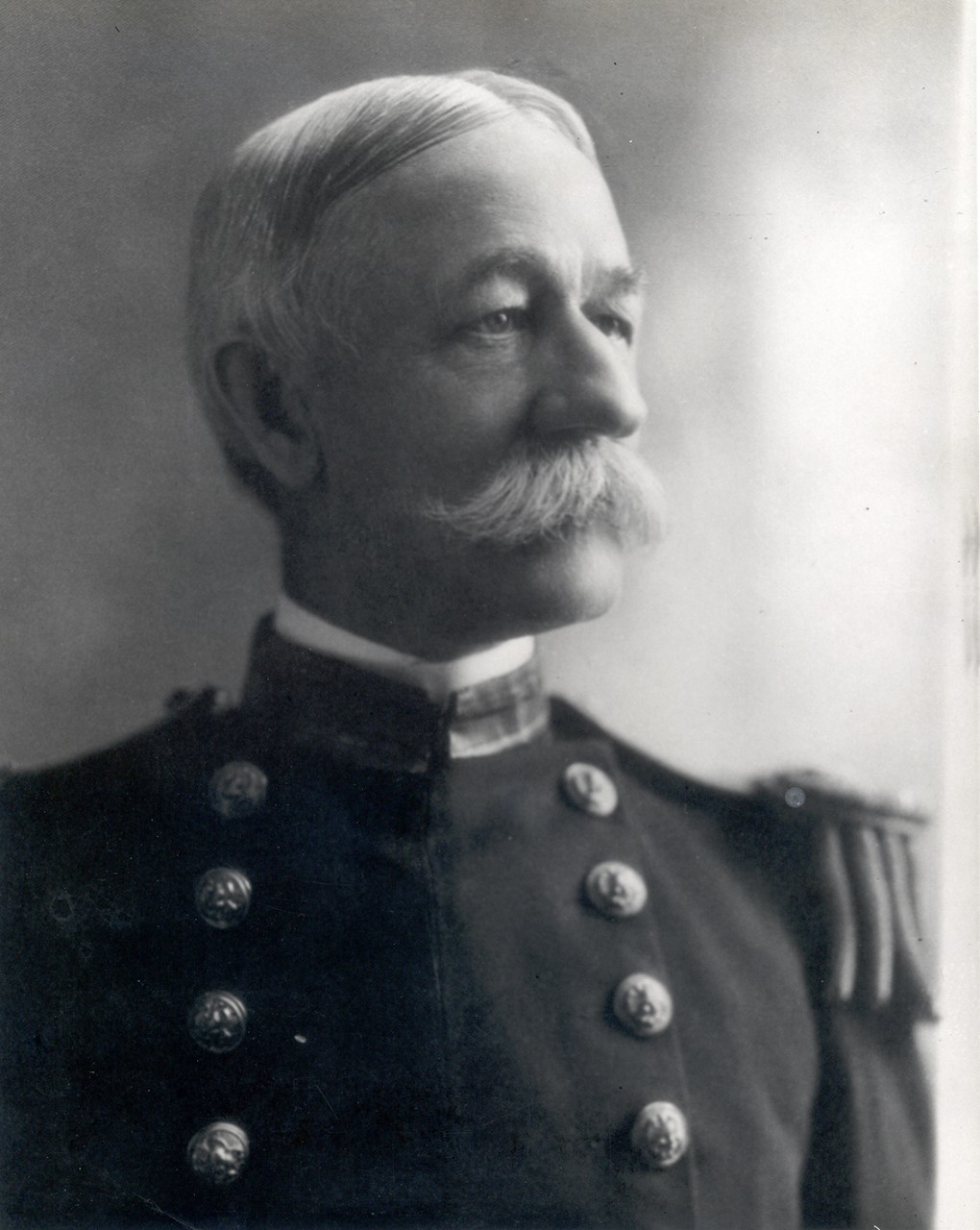
Rear Admiral Mordecai Endicott
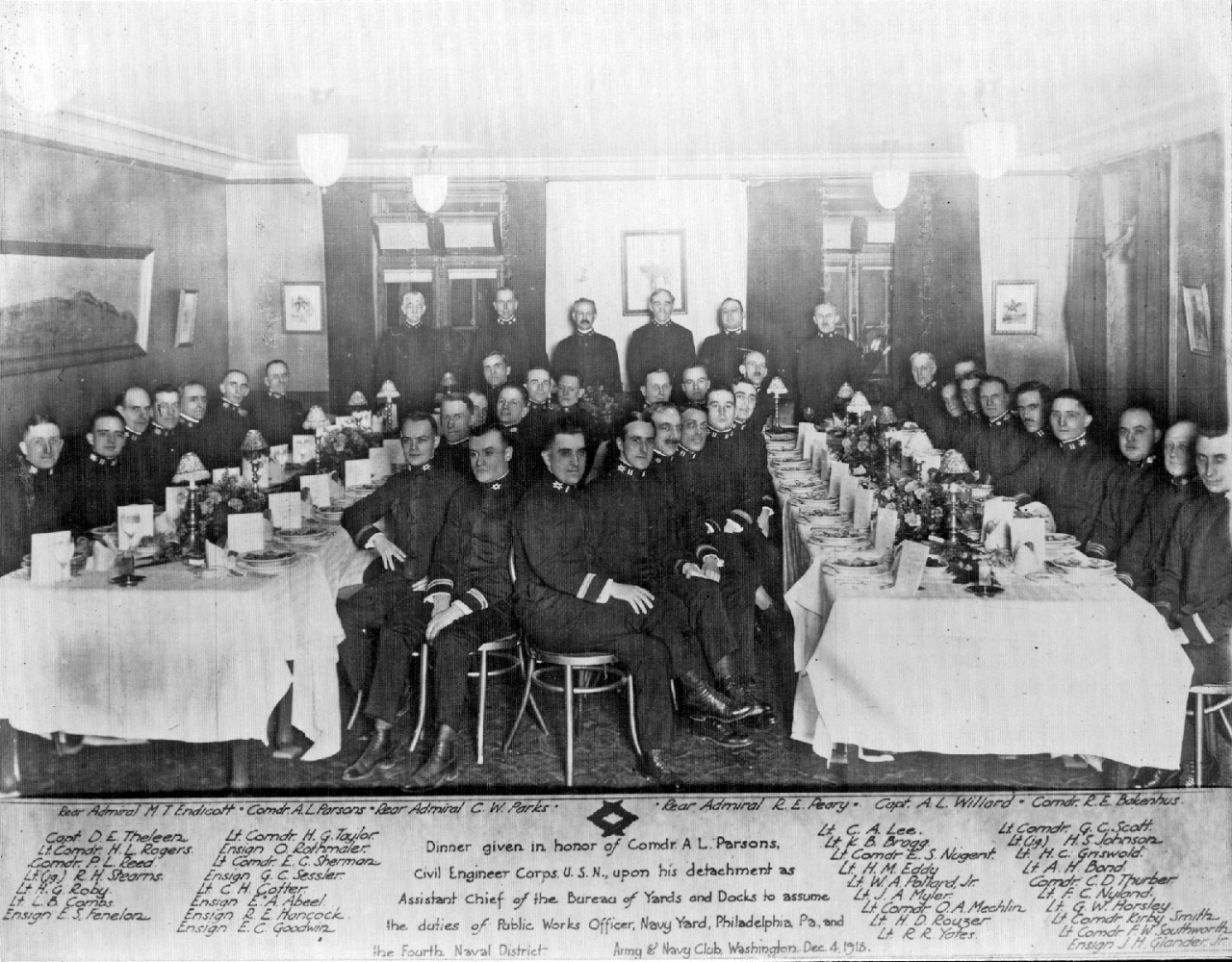
Officer’s Mess Night or “Dining-in” at the Army-Navy Club, Washington, D.C., December 4, 1913.
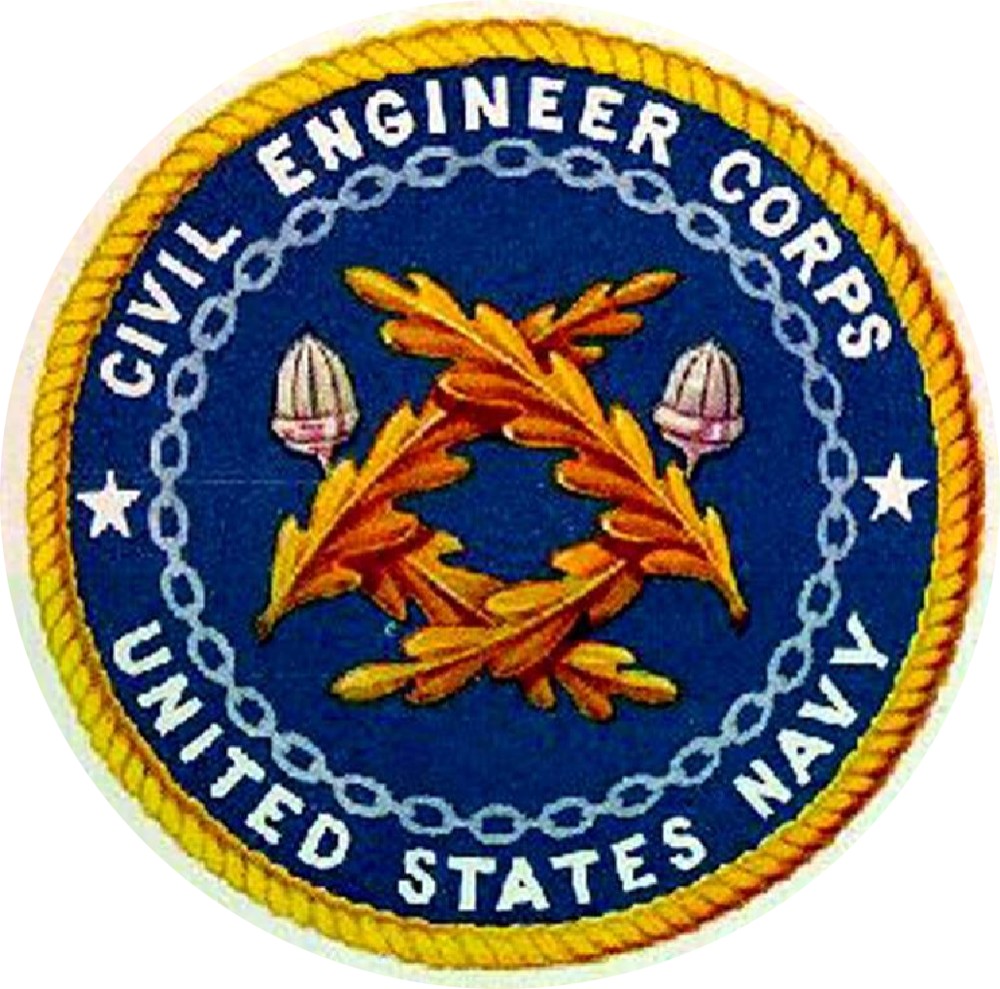
Civil Engineer Corps logo after Navy Regulations changed the color from silver to gold, c. 1919.
Published: Fri Dec 09 16:17:58 EST 2016


